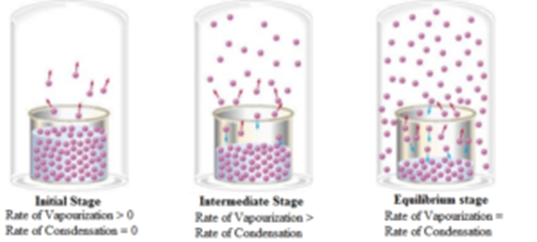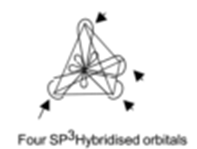Science > Chemistry > Chemical Equilibrium > Equilibrium Constant Characteristics of Equilibrium Constant: It has a definite value for every chemical reaction at a particular temperature. It is independent of the initial concentrations of the reacting species. It changes with the change in the temperature. It depends on the nature of the reaction. It is […]
Categories
Equilibrium Constant
- Post author By Hemant More
- Post date April 2, 2020
- No Comments on Equilibrium Constant
- Tags Active mass, Chemical equilibrium, Chemical reaction, Chemistry, Concentration quotient, Direction of reaction, Dynamic equilibrium, Endothermic reaction, Equilibrium, Equilibrium concentration, Equilibrium constant., Equilibrium mixture, Exothermic reaction, Extent of reaction, Heterogeneous equilibrium, Heterogeneous reaction, Homogeneous equilibrium, Homogeneous reaction, Irreversible reaction, Law of chemical equilibrium, Law of mass action, Partial pressure, Physical equilibrium, Products, Rate of chemical reaction, Reactants, Reversible reaction



